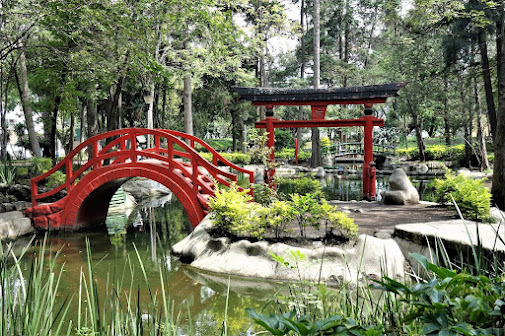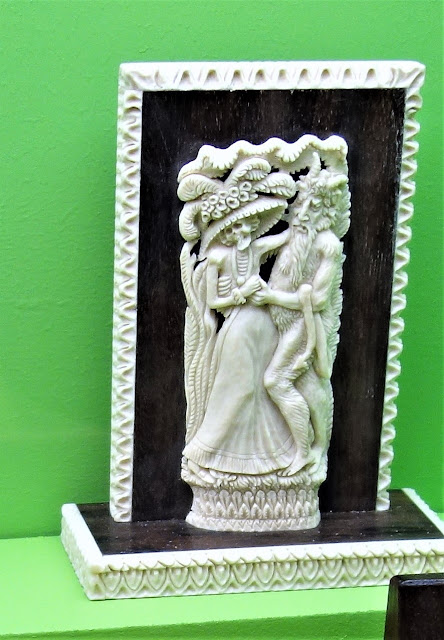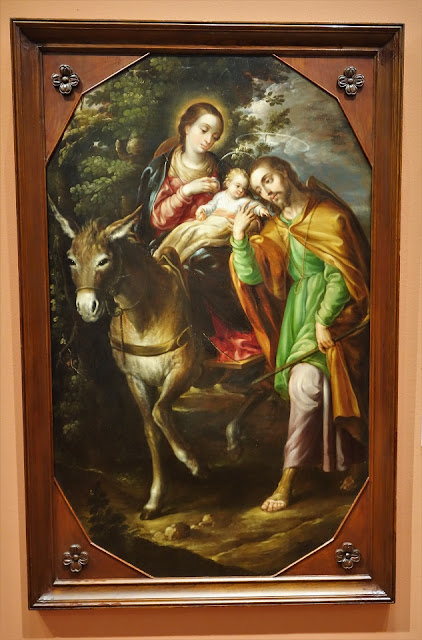There are a wide variety of sauces in Mexico which are referred to as "moles". They include "black mole", "red mole", "green mole", "almond mole", "mole poblano" (perhaps the most famous)... and the list goes on and on. Most of these sauces are very complex with a large number of ingredients including chocolate in many of them.
My favorite place for "mole" has long been the restaurant "Angelopolitano" which serves not only the traditional "mole poblano" but also a number of fruit "moles".
Prior to this trip, I was reading the Mexico City Forum on TripAdvisor. Someone asked for recommendations for places with the best "mole". I, of course, recommended "Angelopolitano", but someone mentioned a place that I had never heard of... "Fonda Mi Lupita". I searched for it on Google Maps, and the reviews were very good. I wanted to try it out.
The restaurant is hidden away on Delicias Street in a part of the "Centro Histórico" that is off the beaten track for most tourists.
It is, however, just a couple blocks away from the San Juan Handicrafts Market. So, after a visit to that market last week, I decided to look for the restaurant and try out their "mole".
It is truly a hole-in-the-wall. I wasn't 100% sure that I had the right place, since there is not even a sign giving the name of the restaurant.
There were a couple tables outside on the street, and I sat down at one. The waitress brought out the menu, and, yes, it bore the name "Fonda Mi Lupita".
Their "mole" is called "mole nupcial" (wedding "mole"), and it is based on two recipes from villages in the State of Mexico. "Mole" is basically all there is on the menu. You can have enchiladas with "mole", a chicken "torta" with "mole", or just "mole" ladled over chicken.
I ordered the enchiladas. About half-way through my meal, the waitress came out and asked me if I wanted more "mole". I said "Sí", and she took my plate and poured another ladle of sauce over my remaining enchiladas.

























































